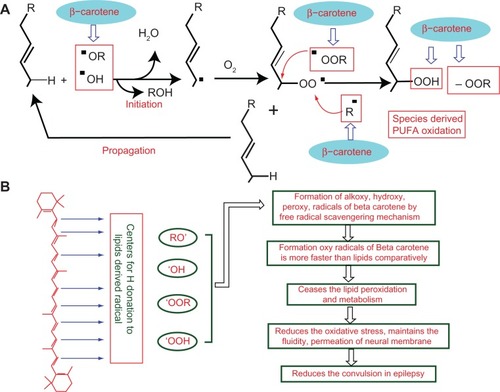Figures & data
Figure 1 Mechanism of free radical generation.
Notes: (1) Pentylenetetrazole kindling activates the glutamatergic transmitter system which increases the intracellular calcium ion concentration and induces the formation of O2°− (2) Xanthine oxidase and nicotinamide adenine dinucleotide phosphate oxidase generates the superoxide radical, O2°− and has been widely applied as a O2°− generating system. (3) Increased hydrogen peroxide production through the catalyzed dismutation of O2°− by superoxide dismutase. (4) Production of ONOO− from NO and superoxide radical, which further produces OH°− free radical. (5) Production of OH°− free radical through Fenton reaction, readily oxidizes structural proteins of the Neuronal cells thus disrupting their fluidity, permeation and biological functioning (a) DNA (b) and lipids (c). (6) The enzyme glutathione peroxidase utilizes reduced glutathione to eliminate hydrogen peroxide as H2O. (7) Hydrogen peroxide is broken down into water and oxygen by the enzyme catalase.
Abbreviations: NADPH, nicotinamide adenine dinucleotide phosphate; O2°−superoxide radical; ONOO−, peroxynitrite; NO, nitric oxide; OH°−, highly reactive hydroxyl; DNA, Deoxyribonucleic acid.
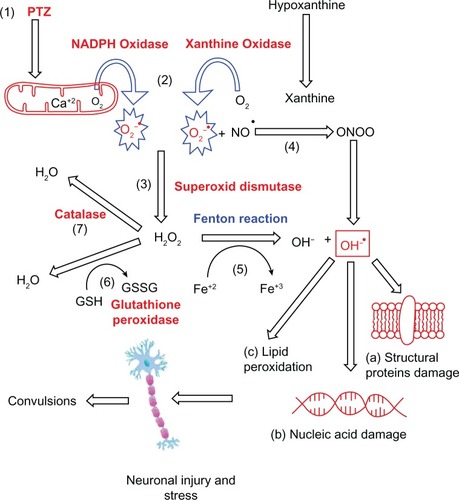
Figure 2 Transmission electron microscopic images. (A) Placebo nanoparticles; (B) Polymeric nanoparticles containing BCNP at a dose equivalent to 2 mg/kg body weight; (C) P-80-BCNP dose equivalent to 2 mg/kg body weight; (D) P-80-BCNP nanoparticles after 5 months.
Abbreviations: BCNP, β-carotene nanoparticles; P-80-BCNP, polysorbate-80-coated β-carotene.
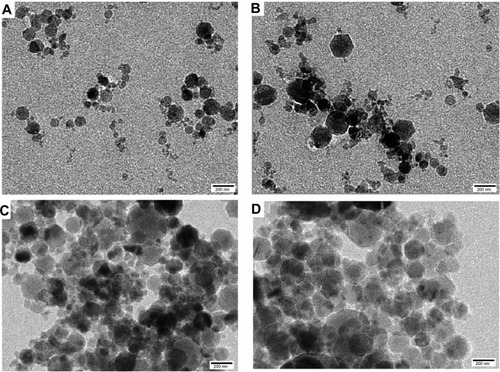
Figure 3 X-ray diffraction pattern. (A) β-carotene; (B) Polyvinyl alcohol; (C) poly(D,L-lactide-co-glycolide); (D) β-carotene nanoparticles.
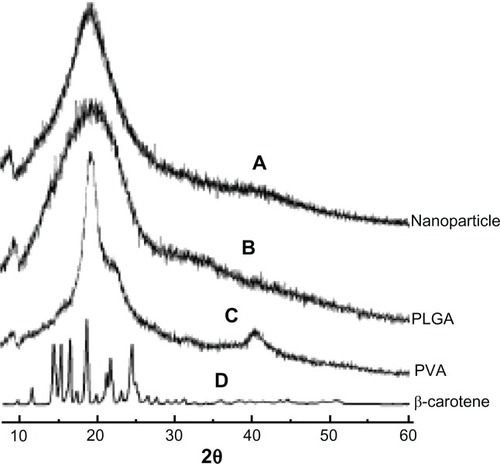
Figure 4 Differential scanning calorimetry studies. (A) Polyvinyl alcohol; (B) poly(D,L-lactide-co-glycolide); (C) β-carotene; (D) β-carotene nanoparticles.
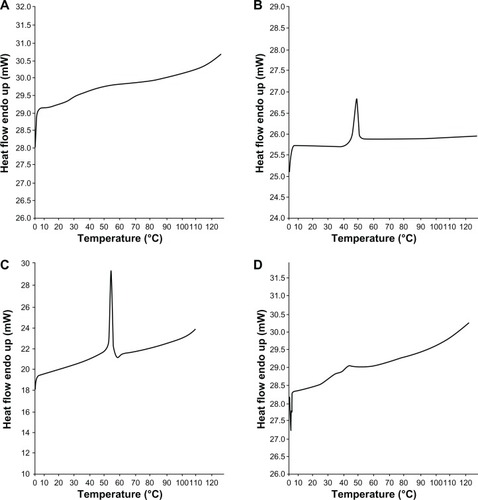
Figure 5 Anticonvulsant activity. (A) Maximal electroshock seizure test; duration of hind limb muscle extension in normal control, placebo control, β-carotene 2 mg/kg, β-carotene 200 mg/kg, BCNP (2.0 mg/kg β-carotene), and P-80-BCNP (2.0 mg/kg β-carotene) are shown in the graph. Response of dosage forms were compared to placebo control. (B) General tonic–clonic seizure latency test. Latency duration was compared in normal control, PTZ Control, PTZ + BC (2.0 mg/kg), PTZ + BC (200 mg/kg), PTZ + placebo control, PTZ + BCNP (BC, 2.0 mg/kg), and PTZ + P-80-BCNP BC (2.0 mg/kg) are shown in the graph. (C) General tonic–clonic seizure duration in normal control, PTZ control, PTZ + BC (2.0 mg/kg), PTZ + BC (200 mg/kg), PTZ + placebo control, PTZ + BCNP (BC, 2.0 mg/kg), PTZ + P-80-BCNP, (BC, 2.0 mg/kg). The study was done on albino mice model of six animals in each group (n = 6). Comparisons among the groups are shown by arrows as indicated in the graph.
Notes: Results are expressed as mean ± SEM. Statistical analysis was performed using one-way ANOVAs with Tukey’s post hoc test. Significance compared with epileptic mice are *P < 0.05, **P < 0.001, ***P < 0.001.
Abbreviations: BCNP, β-carotene nanoparticles; PTZ, pentylenetetrazole; BC, β-carotene; P-80-BCNP, polysorbate-80-nanoparticles; ANOVA, analysis of variance; ns, nonsignificant.

Figure 6 In vitro release study of BCNP for one week.
Note: Determinations were done as mean ± SD from three samples (n = 3).
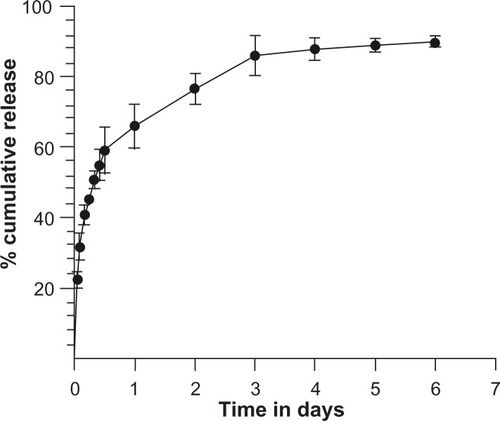
Figure 7 Brain release of β-carotene. (A) In BCNP formulation; (B) In P-80-BCNP formulation; (C) In P-80-BCNP formulation after 5 months storage.
Note: Data is shown in mean ± SD from three samples (n = 3).
Abbreviations: BCNP, β-carotene nanoparticles; P-80-BCNP, polysorbate-80 β-carotene nanoparticles.
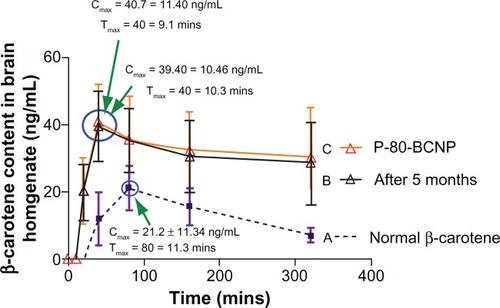
Figure 8 Mechanism of free radical formation of PUFA and possible mechanism of β-carotene bio-action. (A) Mechanism of free radical formation of PUFA. Free radicals are formed via donation of hydrogen to alkoxy or hydroxy free radical. Free radical of PUFA further forms peroxides. Possible site of β-carotene action as free radical scavenger. (B) Possible mechanism of β-carotene bio-action.
Abbreviation: PUFA, polyunsaturated fatty acids.
